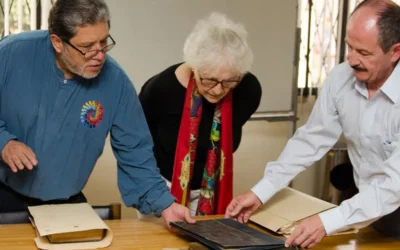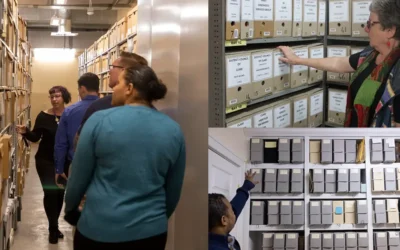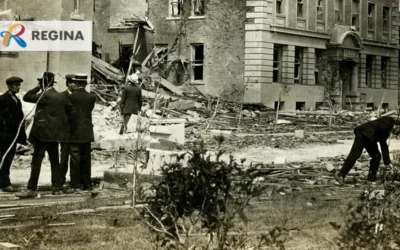Nuts & Bolts of Scope Statements for Archival Projects
Margot Note
A clear understanding of the scope is the basis on which successful archival projects are built. Without it, archivists will struggle to deliver a project well.
Some organizations lack a separate scope statement. Instead, project objectives and deliverables determine when something is within scope. However, taking the time to develop a succinct statement of the scope will help everyone in due course, especially when evaluating whether later changes are within project parameters.
The scoping stage identifies the size and shape of the project and describes it in a way that helps everyone concerned understand the project’s intentions. The project’s scope captures all of the work, and only the required work, which the project must include for it to be complete. As a first step, ask yourself: What is the problem to be solved?
Defining Boundaries
Scoping is essentially about deciding what lies inside and outside the range of the project. The statement is a macro view of what the project will achieve and what to anticipate when the project is complete. It is sometimes called a ‘statement of work’ and is often included in a legal agreement if the project involves hiring a vendor. For instance, if you were hiring a vendor to digitize your historical assets, the scope of work would be an agreement on what was expected.
Everyone in Agreement
The purpose of creating a scope statement at the outset is to have a basis on which to make future decisions. An unambiguous scope statement helps prevent a project from expanding beyond its boundaries. Sharing the scope statement with the team helps keep them focused on the tasks to be completed and discourages people from doing unnecessary work. In my consulting practice, I am clear in my proposal what my scope of work is. If I am not, I will wind up doing tasks outside of my scope. Even worse, if I do not fulfill my scope successfully, I won’t get paid. Therefore, a scope of work allows everyone involved in an archival project to understand exactly what will be achieved in their joint venture.
Components to Consider
The scope statement should give an overview of what to expect throughout the life of the project and what the desired outcome will be. This statement has several components, which may include:
- Objectives
- Scope description
- Deliverables
- Requirements
- Boundaries
- Acceptance criteria
- Constraints
- Assumptions
- Project organization
- Risks
- Schedule milestones
- Fund limitations
- Cost estimates
- Project specifications
- Approval requirements
Who Needs to Weigh In?
The scope statement includes the project’s context, needs that it’s intended to meet, and the outcome—how the organization will adopt the results and how its success will be measured. The statement should include the functions of the project, user and interface needs, quantitative performance and reliability requirements, documentation, training, support, and any other post-delivery needs. Archivists should identify the people who will provide input in the scope of the project, such as senior executives, as well as those who have political power in the organization.
What Won’t You Do?
Equally important is a statement of scope exclusions. Stating the omissions enables you to discuss them (and add them to the project, if necessary) before any estimates are given. Write the scope exclusions in a separate section of the project plan or a portion of the scope statement. What are you not doing in this project?
At the planning stage of the process, the project team can only describe what is known at the time. The scope statement then becomes part of the project charter. Further planning steps will elaborate on this initial scope statement, providing additional details for estimating, assigning, controlling, and accepting project deliverables.
Margot Note
Similar Posts
Navigating Selection in Archival Practice
The archival selection process is far from straightforward, given the limitations of long-term preservation and ongoing accessibility challenges.
Responsible Stewardship in Archival Practice
Responsible stewardship is a philosophy that guides the actions and decisions of archivists in safeguarding collective memory.
A Modern View of a City’s History via ArchivEra
Brief success story on City of Regina Archives’ use of ArchivEra to manage collections of legal, historical, administrative or financial significance
Stewards of the Past, Guardians of the Future
Archival preservation bridges the past and future, allowing the voices and stories of bygone eras to resonate with contemporary and future audiences.
Hosting service
Enjoy all of the benefits of your Lucidea solution with secure, reliable, stress free hosting
Programs & incentives
No matter your size or budget, we’ve got you covered, today and tomorrow



